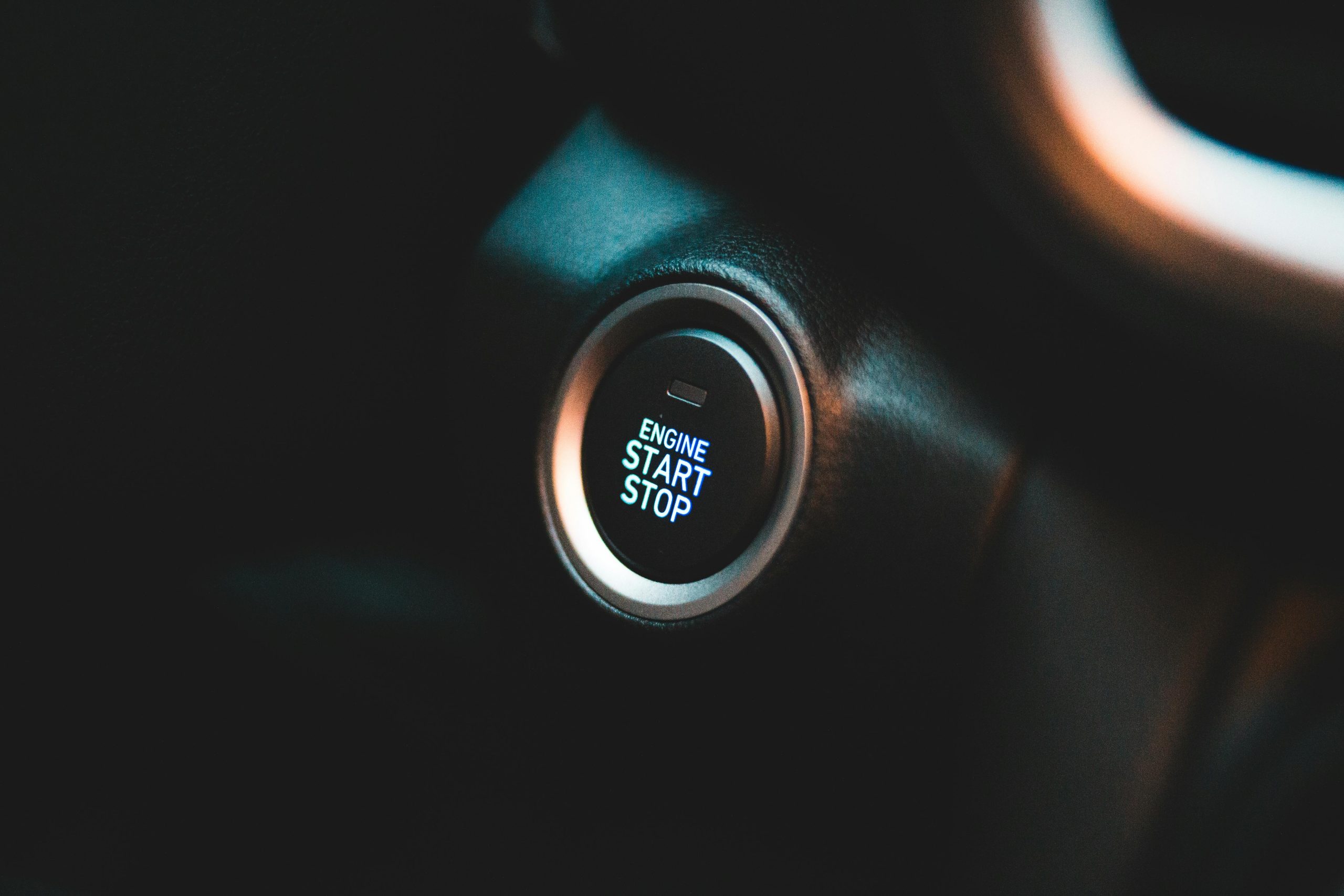Understanding and Troubleshooting Unexpected Windows 11 Shutdowns: A Comprehensive Guide
Introduction
Experiencing unexpected shutdowns on your Windows 11 system can be both perplexing and disruptive. Unlike Blue Screen of Death (BSOD) errors, these abrupt reboots are often accompanied by the message: “The system has rebooted without cleanly shutting down first. This error could be caused if the system stopped responding, crashed, or lost power unexpectedly.” Such incidents may stem from various hardware or software issues, and diagnosing the root cause requires a systematic approach.
In this article, we will explore common causes of unexpected shutdowns, review diagnostic methods, and share practical troubleshooting steps based on real-world user experiences.
Understanding the Error
This specific message indicates that Windows detected an unscheduled shutdown, which could be due to:
- Power interruptions or supply issues
- System crashes or hangs
- Hardware failures or incompatibilities
- Overheating or thermal throttling
- Driver issues or software conflicts
It’s important to note that this is not a BSOD, but an unplanned reboot that Windows logs for troubleshooting purposes.
Gathering Diagnostic Data
The first step is to analyze system logs to identify any irregularities prior to shutdown. For example, a user shared their Windows Event Log files (accessible here), which can offer insights into the events leading up to the shutdown.
Interpreting logs may reveal warnings or errors related to device drivers, hardware malfunctions, or critical system events.
Hardware Checks and Temperature Monitoring
One common concern is hardware stability. In a case where CPU temperatures remain around 45°C before shutdown, overheating is unlikely to be the culprit. Nonetheless, verify the following:
- Power Supply Unit (PSU): Swapping in a new PSU, as some users do, can rule out power delivery issues.
- Storage Devices: Replacing SSDs or hard drives can resolve potential disk-related errors.
- Memory Modules: Memory training patterns (such as consistent memory training at boot) could indicate RAM compatibility or stability issues. Consider testing with different RAM modules to rule out faulty memory.
System Components and Compatibility
The user’s system specifics are:
- **Processor
Share this content:

